Are you interested in the history and impact of religion? These are the top religion museums in Lisbon:
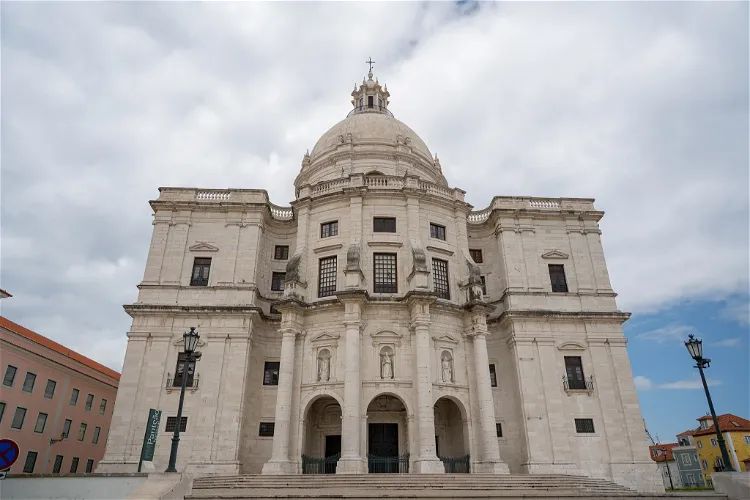
National Pantheon
LisbonThe Church of Santa Engrácia, a 17th-century monument in Lisbon, Portugal, serves as the National Pantheon. This historic site is the final resting place of many significant Portuguese personalities. Its location in the Alfama neighbourhood places it near another notable Lisbon monument, the Monastery of São Vicente de Fora.- Online discount!
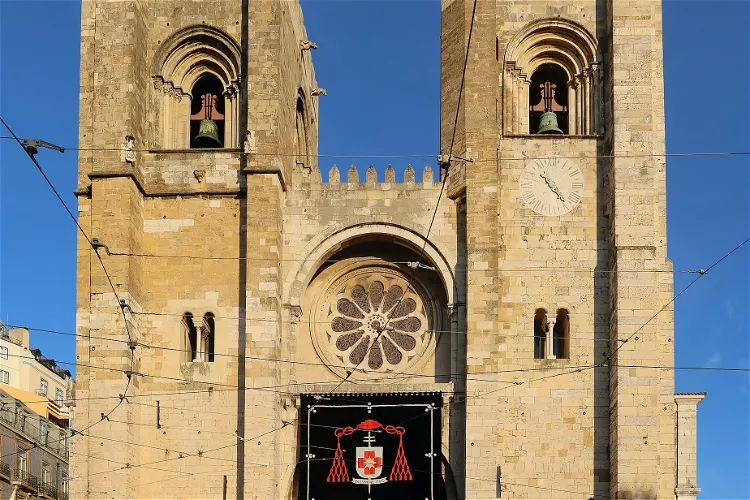
Lisbon Cathedral
LisbonSanta Maria Maior de Lisboa, also known as Sé de Lisboa, is the oldest church in Lisbon, Portugal. Its construction began in 1147 and has undergone several renovations. The cathedral has survived many major earthquakes, which is why it reflects different architectural styles today. This historical monument stands as a testament to the city's resilience and architectural evolution over the centuries. 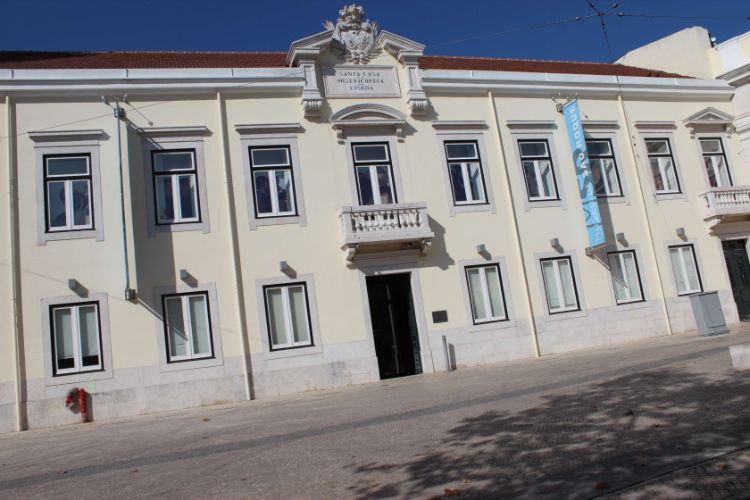
Church of Saint Roch
LisbonThe Church of Saint Roch is one of the earliest Jesuit churches in the world. Even though the exterior of this church is quite simple, its interior is elaborately decorated - it is a fusion of Mannerist and Baroque styles. The Church of Saint Roch boasts eight splendid chapels and three altars. One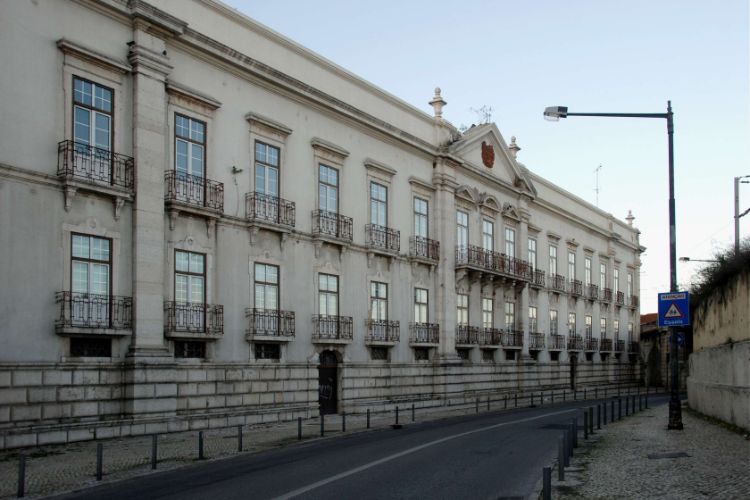
National Tile Museum
LisbonThe National Tile Museum in Lisbon presents the history of craft-making of decorative ceramic tiles, azulejos, popular in Spain and Portugal. The collection showcases evolution of this craft since the 15th century up to present days. Opened in 1965, it is housed in an ancient monastery, formerly kno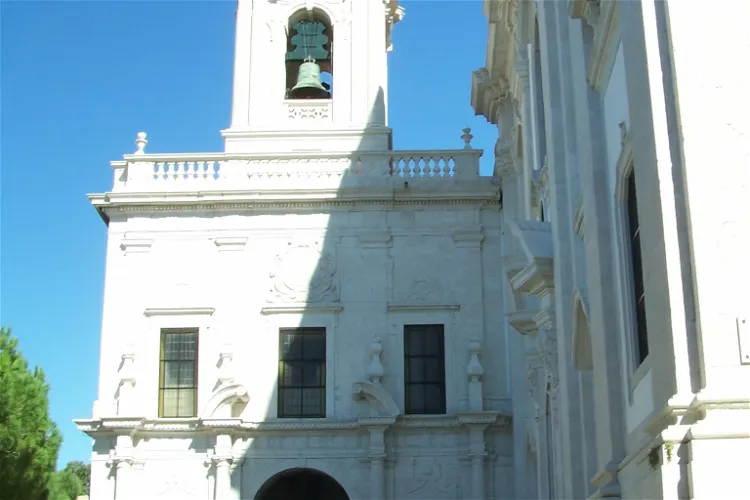
Church of Our Lady of Grace
LisbonThe Convent of Grace, a national monument in Lisbon, is situated in a location that offers panoramic views over the city and the Tagus River. This historic site belonged to the Order of the Hermits of Saint Augustine, also known as the Order of Saint Augustine, and was known as the Order of Gracians in Portugal. The convent dates back to the early days of the Portuguese nation, having been founded in the 13th century.